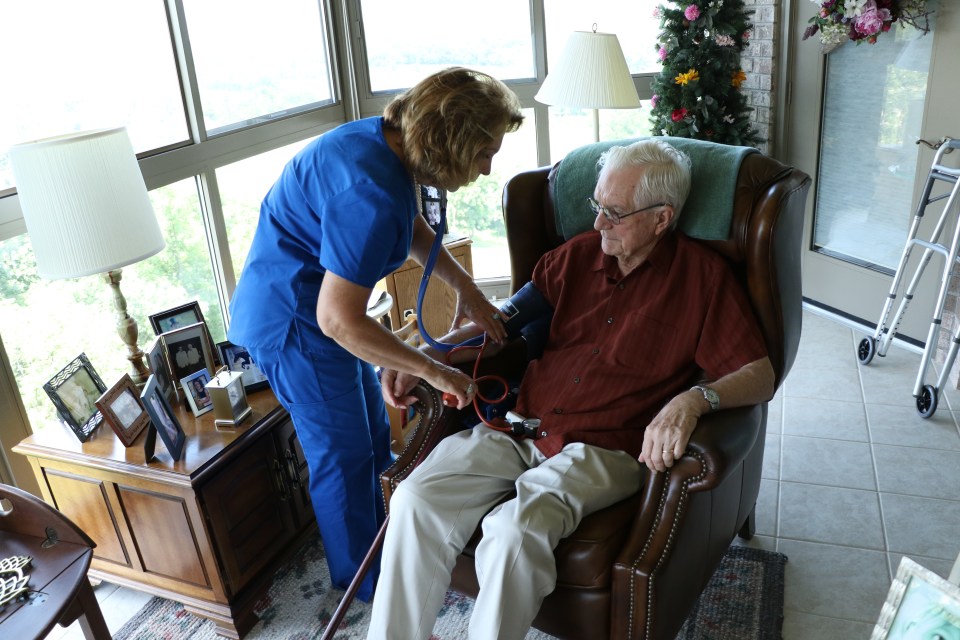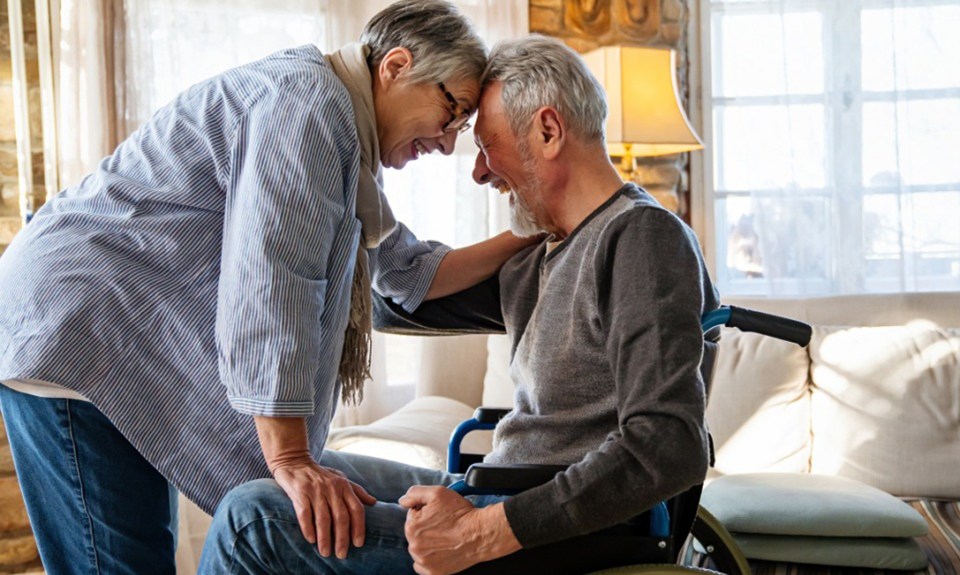As our population of older adults is growing, older adults and their families need alternative, reliable options for enabling loved ones to “age in place” within their home or community settings. Aging in place refers to an individual’s ability to reside in their home environment long after their functional abilities may have become diminished in any capacity. Rehabilitation services may help older adults improve essential functional skills, lessen the impact of further decline, and promote independence.
Before a crisis in living arrangement occurs, here are some suggestions.
- Improving balance or coordination. Weakness or subtle limitations in range of motion can make taking care of one’s personal self-care difficult. Simple tasks of grooming, dressing, and bathing which are important in maintaining health and wellness can become so challenging that an older adult or person with a chronic health condition avoids these tasks with the regularity that they should perform them. Occupational therapy may identify ways to simply or adapt these routine daily tasks in order that someone can perform them more easily.
- Identifying mobility hazards early. Fall risk increases with age and chronic illness. Complications from fall can lead to devastating injuries or costly aftercare that could be prevented. Rehabilitation can help to restore the physical components of gait such as strength and range of motion in order to reduce barriers with associated with in-home mobility.
- Reducing burden with homemaking activities. Home management activities such as cooking and cleaning can require energy and skill. Ordinary skills such as meal preparation can be cumbersome tasks if vision, coordination, or standing ability become impaired. Trained therapists can provide education on energy conservation and ways to modify or simplify household responsibilities. Healthcare providers such as case managers can provide suggestions for agencies to help with meal provision to ease the strain of preparing meals.
- Accepting help and assistance. Commercial and healthcare supports can be an important link in assisting persons aging in place. Home delivery services such as grocery services exist in most communities. Assistance from a professional home health service such as those offered by Encompass Health, can also help maintain their independence and stay in their homes and communities longer.
References:
Grimmer K., Kay D., Foot J., & Pastakia K. Consumer views about aging-in-place. Clin Interv Aging. 2015;10:1803-1811.
Lien L., Steggell C.,& Iwarsson S. Adaptive strategies and person-environment fit among functionally limited older adults aging in place: a mixed methods approach. Int J Environ Res Public Health. 2015;12(9):11954-11974
The content of this site is for informational purposes only and should not be taken as professional medical advice. Always seek the advice of your physician or other qualified healthcare provider with any questions you may have regarding any medical conditions or treatments.




